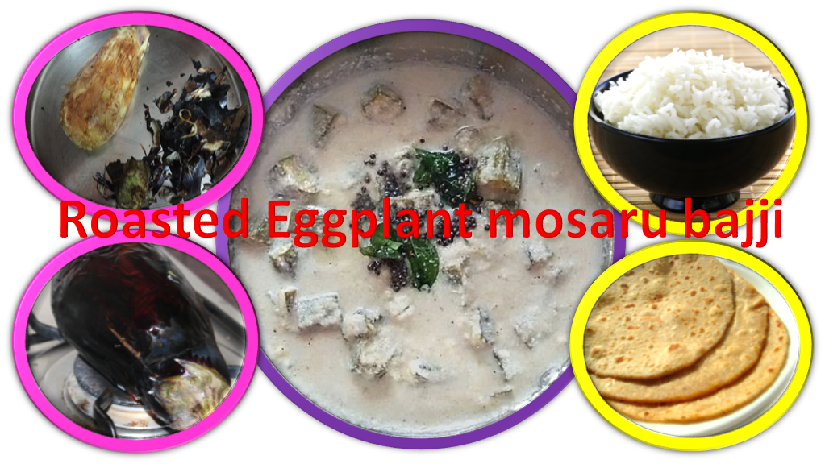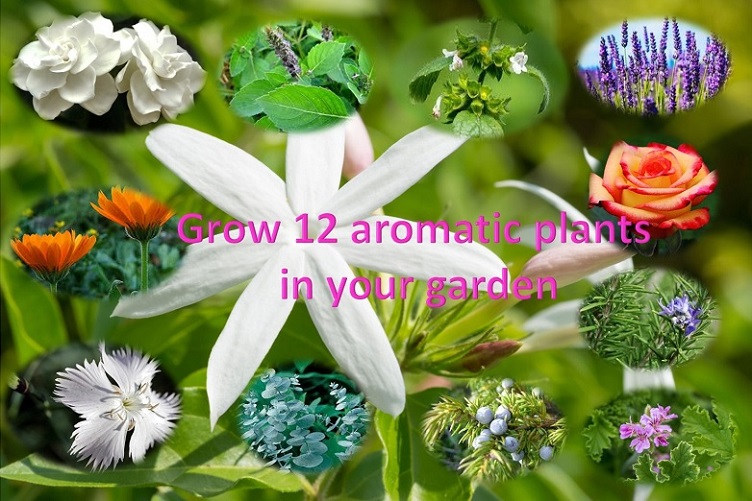Menstrual cycle length vary in women and also the amount of bleeding.
Women undergo lot of stress, body pain and sometimes depression during this time of the month.
Personal hygiene can also contribute for this. If we don’t follow proper hygiene method then it leads to irritation and anger as it feels very uncomfortable in private parts.
Here are instructions and tips to follow personal hygiene during period time.
1. Select your careful way of sanitation: Talk to your doctor, sister, mother and friends. Understand which sanitary protection is better and which brand. Try a best brand one month and if you are not satisfied then go to next brand. It takes couple of months to get acquainted to the new brand. It is important to select a brand that is comfortable for you because to avoid stain, irritation, rashes and more importantly comfortable.
2. Change pads or tampons regularly: Blood can be easily contaminated and menstrual blood is more prone for contamination. Changing sanitary pads are very important. If not changed regularly the warm blood sitting in the pad can get infected by microbes and it leads to vaginal infection. For tampons*, every 2 hours and sanitary pads every 5 to 6 hours (normal flow) is recommended.
*Toxic shock syndrome: If the tampons are not changed regularly, it can cause infection and results in fever, vomiting, diarrhea, muscle aches, rash and weakness. This is called toxic shock syndrome. It happens rarely. However, to avoid TSS, change the tampons every 2 hours.
3. Washing: Menstrual blood when it comes in contact with air leads to strong odor. We may not feel it ourselves. But, the odor can reach the person next to you! Clean genital area using warm water and don’t use harsh soap and other form of cleaning liquid inside. Such products break the natural bacterial balance in the vagina and it can lead to infection. Wash using warm water and if you feel that you should use soap, then make sure it does not go inside parts. Better to avoid deodorant and soap use. Washing is recommended after each use of toilet and urination.
4. Take care of a pad rash : Rash means you are not practicing a good hygiene. Generally, it happens when one over uses the pad causing chaff due to extra friction on the inner skin. To avoid this change the pads regularly and keep the area between the legs dry. Otherwise it may result in chafing. Apply antiseptic cream like boroline to avoid development of rashes.
5. Use one method of sanitization: Some people use tampons, pads and piece of cloth or double pads when they have fear of staining with over flow. This might not be a good thing for your health. If both pad or one of the sanitary tool is not totally used, there is a tendency to throw the one that is used up and retain the unabsorbed pad/tool. This leads to infection and rashes. It is always better to change the sanitary tool frequently.
6. Have a bath regularly: Have regular bath, once every day – during menstrual cycle taking bath two times a day is good. When you wash your lower parts, start cleaning vagina and move towards anus. This way bacteria will not enter from anal part to front. This is the correct way to wash your private parts.
7. Use clean undergarments and change them regularly: All women face the problem of leaking and getting undergarments stained. Keep a set of undergarments separate for menstrual cycle use. Wash undergarments every day and if needed change twice during period time.
8. Wear proper clothing: It is better to avoid wearing tight fitting clothes that cling to the vaginal area as they increase the heat causing irritation. Wear comfortable cotton cloths and undergarments. Body must need to breath in the cloth and this helps you to avoid any discomfort. Wear clean and dry clothes.
9. Menstrual cups: Menstrual cups collects the liquid instead of absorbing it like tampons or pads. Few brands are disposable and many are reusable. If you use a reusable menstrual cups, then follow the instructions about emptying the cup and cleaning the cups.
10. Dispose sanitary pads/tools properly: It is essential to dispose the pads in a proper manner to avoid spreading of infections. Learn how to dispose the sanitary pads and other tools that you might use in a proper way. Fold the used pads into half exposing the adhesive side. Wrap a few layers of toilet paper or old newspaper. Put a “X” mark on the top. Throw them in the designated bin or area. Make sure pets and other animals cannot reach the pads. Empty the bin and trash cans that contains used sanitary napkins. Never flush sanitary tools in the toilet as it will cause blockage and damage.
11. Give your body rest: During menstrual cycle, it is normal to experience tiredness, stress, pain and lethargy. Take plenty of rest if you can. Drink water and juice to keep yourself hydrated.
12. Always be ready: During period time carry tampons, pads or cups that are needed for your use. Along with it carry a paper bag/used paper to dispose the used tool, soft towel, paper tissues, a small roll of toilet paper, hand sanitizer, antibacterial cream, pain killers and drinking water to help you hydrate throughout the day.
Hygiene comes by practice. Understand what happens if don’t follow personal hygiene. If you have doubts talk to your close friends, family doctor or your sister.
Protect yourself from infections and uncomfortable situations following good hygiene practice during your period time.
Image credit: Photo by Annika Gordon on Unsplash (Free for commercial use)









